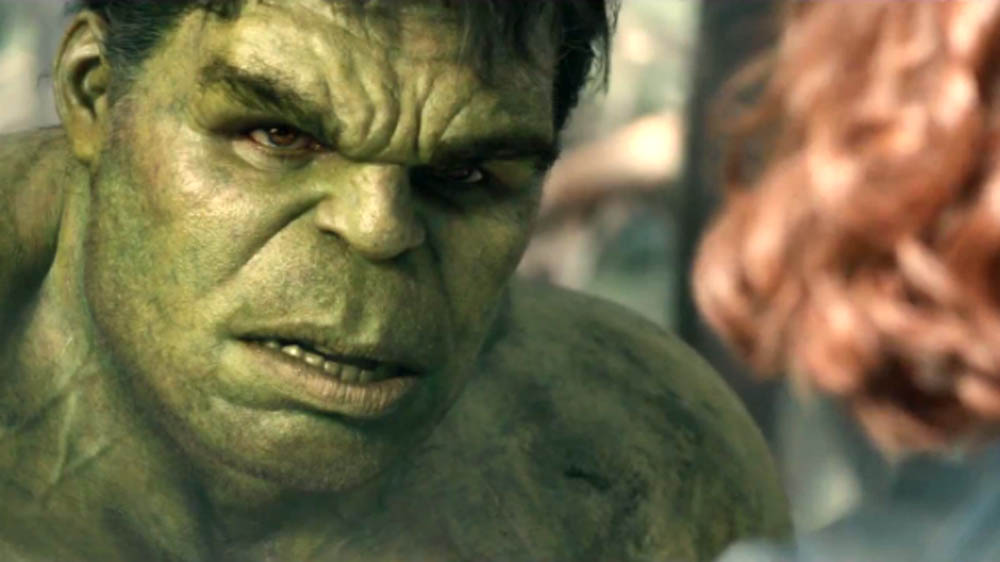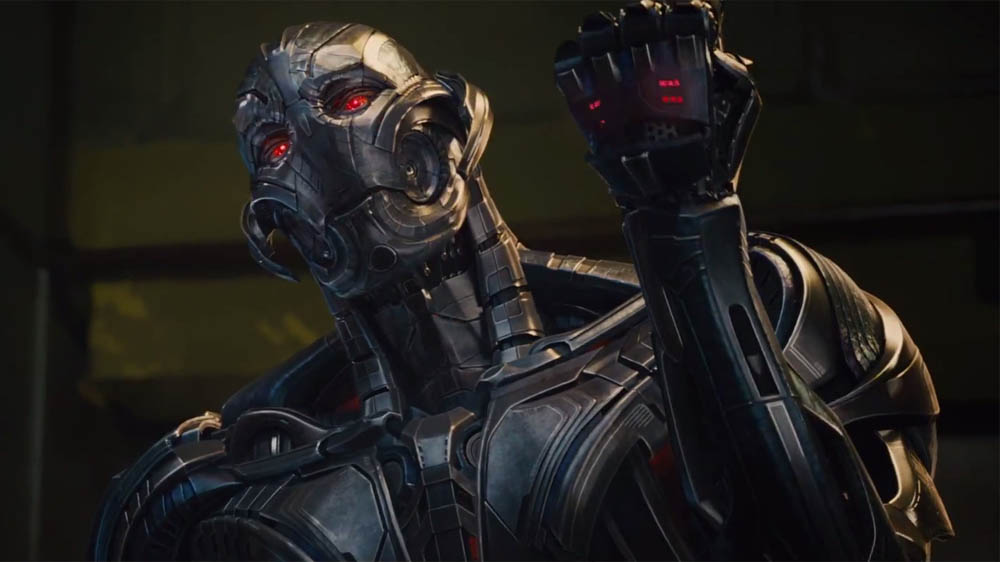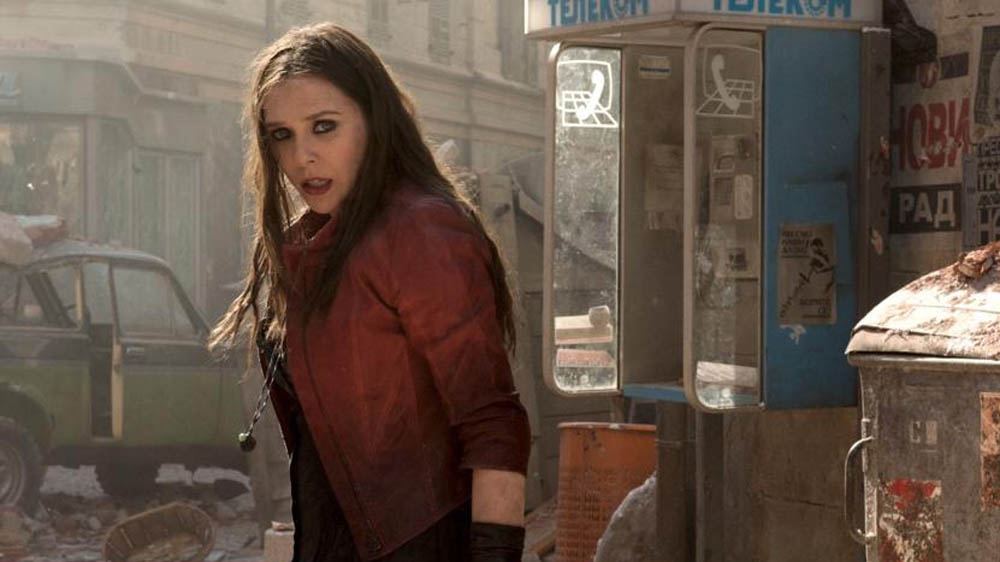Marvel’s ambitious shared cinematic universe is now officially the biggest film franchise of all time.
Much like Avengers Assemble marked the culmination of the characters’ first individual adventures, so Age of Ultron marks the culmination of Phase II of the project (even if this summer’s Ant Man officially still part of Phase II). But while Avengers Assemble was better than perhaps anyone dared hope, becoming one of the seminal blockbusters of the modern era, its follow up is sadly a more underwhelming affair.
THIS REVIEW WILL CONTAIN SPOILERS IF YOU HAVE NOT YET SEEN THE MOVIE
The plot sees the Avengers working together to track down Loki’s sceptre, which was being held by the remnants of evil organisation HYDRA. Upon securing it, Tony Stark ignores the warnings of his peers and pushes ahead with using the power of the sceptre to create an artificial intelligence – one that would allow the Avengers to step back while it defends the world from threats on its own.
If you’ve ever seen a sci-fi film before, you’ll know how AIs designed to protect us usually respond, and sure enough, Ultron fancies himself as a man-made extinction event, and the Avengers – robbed of S.H.I.E.L.D. and most of their technical avenues of investigation – must try and stop that which they’ve created.
On top of that, new inductees into this universe Quicksilver and Scarlet Witch fall in with Ultron and provide extra antagonism. Just another day at Avengers tower!
The film throws you right into an assault on a HYDRA base, showing that since coming together last time out, the Avengers are now a true team; a well-oiled machine working seamlessly together to defeat the bad guys.
However, while Avengers Assemble deftly balanced character beats with action, Age of Ultron is at its best when nobody’s punching anyone, and it hones in on smaller, more personal arcs and moments. This is the film of the filmless Avengers: Hulk, Black Widow and Hawkeye get by far the best material.
Natasha Romanoff has become the only one who can ease the Hulk back into Bruce Banner, and their connection grows and deepens, and even leads to the suggestion of romance. Or, it might, if only the pair were not too damaged to embrace such a notion. Scarlett Johansson and Mark Ruffalo have a strong dynamic, and if they are to be the Avengers big romance, then they’re a good choice.

Similarly, the reveal that Clint Barton has a cosy family life on a secluded farm is one that gives us some real investment in arguably the most disposable Avenger. All of a sudden, it becomes very important that Hawkeye survives. That may be a cheap trick, but it’s a very effective one, and it provides the best material by far, really humanising the most human member of the team. While gods and monsters battle each other, Hawkeye is the Avenger that always stays grounded, in every sense.
As for the new players, Elizabeth Olsen and Aaron Taylor-Johnson make solid first impressions. Taylor-Johnson – who was a concern after his charisma vacuum performance in Godzilla – is fine as Quicksilver, and even an ambiguous Eastern European accent doesn’t derail him.
Olsen, though, is the real star. Her Scarlet Witch is hugely engaging, and her development through the film well-drawn and believable. Her powers may be a bit of a catch-all, but her ability to mess with the Avengers’ minds allows us to get in the characters heads and explore their fears, their histories and – just perhaps – their futures.
Finally, there’s Paul Bettany – an ever-present voice throughout the franchise as Iron Man’s digital helper Jarvis – who finally gets to step in front of the camera as biological robot hybrid Vision. While his genesis is something of a mess, once he bursts into the film, he’s a welcome presence. Bettany could make any character likeable, and his Vision gets perhaps the film’s only truly gasp-worthy moment.

And then there’s Ultron himself. If the hope was that Ultron and his Iron Legion would finally provide the MCU with a worthy villain, the result is mixed. James Spader’s smooth-yet-gravelly vocal performance is fantastic, and Ultron is, at times, genuinely scary and threatening. His first appearance, in particular, is fantastic; stumbling zombie-like into existence, he’s something entirely new, and it’s frightening to behold something with so much unknowable potential.
Unfortunately, attempts at humour don’t quite gel. There may be a justification in that, having created Ultron, elements of Tony Stark are present within him, but his inappropriate wisecracking doesn’t really work. Ultron’s intangible nature also removes some of his menace, while the film’s very title is misleading – the timeframe or scale of Ultron’s reign are nothing near constituting an ‘age’.
What really drags Age of Ultron down, though, is the action. That’s not to say that it’s bad, just that it’s uninspired. For the most part, we’ve seen all these beats before. How many ways can Cap fling his shield at someone and it still be interesting? We’ve seen it all before, and what was fresh and giddily exciting before, has now become par for the course. It’s hard not to become a little blasé about it all.

The exception is the mid-film show-down between an enraged Hulk and Stark’s Iron Man, which utilises both characters in new ways and renders Hulk a terrifying prospect. The untamed force of this abomination is put across extremely well, and the destruction he wreaks helps inform Banner’s actions later in the film.
With the action becoming rote, and the character moments the undoubted highlight, could Marvel try a film that plays to those strengths? A film that maybe has only one or two set-pieces – a superhero film about people, rather than superheroics? It’s a thought worth exploring.
Age of Ultron, though, is just too busy. Director Joss Whedon has always been good at juggling large ensembles, and he does the task admirably again here, giving every cast member a moment to shine, but having to also juggle elements from the previous films while also setting up Phase III proves just too much to feasibly fit into one film that still has its own plots and themes to deal with.
With such a sprawling principal cast, did we really need cameos from Dr. Selvig, or War Machine? This is a shared universe, and it makes sense that they’d be around in the internal logic of this world, but as a film, it leaves it cluttered.

The screenplay, in general, is rather muddled. Explanations for what Ultron – and, later Vision – actually are become needlessly complicated and convoluted. Surely there had to be easier routes to the same destinations?
And a sequence where Thor visits a magical underground pond to revisit the vision that Scarlet Witch gave him makes as little sense at this sentence suggests, and you get the impression the majority of this side-story is lying on the cutting room floor (a whole hour’s worth of material from the first cut was left out, according to Whedon). Perhaps the rest should have joined it.
Where Avengers Assemble felt like the purest vision of the comic book world coming to life on film, Age of Ultron feels like an actual comic translated to film. That’s a subtle difference, but a marked one.
Overly dense, and lacking innovation in the action stakes, Age of Ultron still manages to be fun, visually spectacular and surprisingly affecting in exploring several of its more human characters, but Marvel are really going to have break their own formula if we’re going to ride this into Phase III and beyond.
![]()
Released in UK cinemas on Thursday 23 April 2015.
> Follow Alex Mullane on Twitter.
What did you think of the movie? Let us know below…

